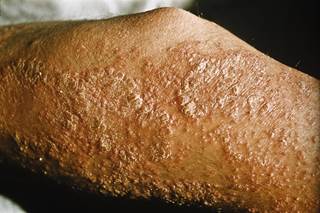Blog
19
Feb
2019
Axial Disease More Common in Psoriatic Arthritis With Acute Skin Problems







